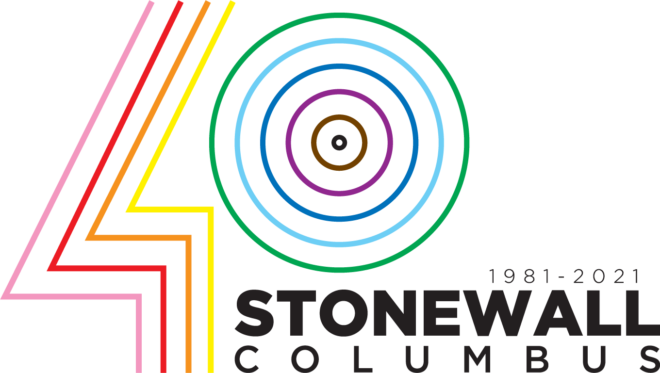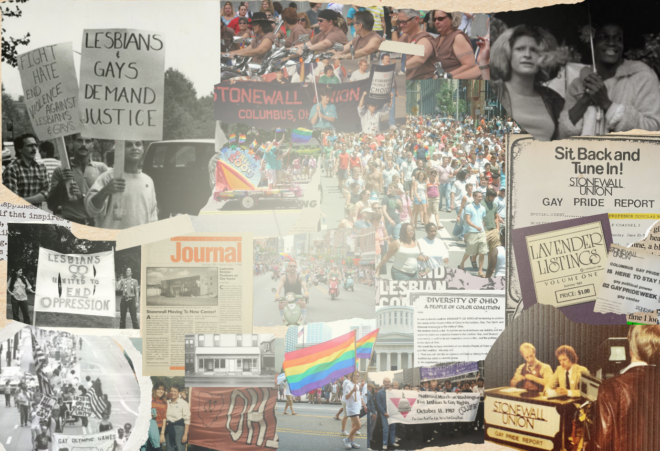 Everything changed at 1:20 a.m. on June 28, 1969, when the New York city police barged into the Stonewall Inn. The Stonewall was operating without a liquor license at 51-53 Christopher Street in Manhattan. The N.Y. State Liquor Authority did not give out licenses to establishments that served gay patrons. Despite being paid off to ignore this indiscretion, the police officers entered with a warrant and started to arrest revelers inside the bar, but their squad cars did not arrive. The Stonewall Inn’s patrons were forced to wait outside the bar handcuffed, which drew a crowd. https://www.history.com/news/how-activists-plotted-the-first-gay-pride-parades
Everything changed at 1:20 a.m. on June 28, 1969, when the New York city police barged into the Stonewall Inn. The Stonewall was operating without a liquor license at 51-53 Christopher Street in Manhattan. The N.Y. State Liquor Authority did not give out licenses to establishments that served gay patrons. Despite being paid off to ignore this indiscretion, the police officers entered with a warrant and started to arrest revelers inside the bar, but their squad cars did not arrive. The Stonewall Inn’s patrons were forced to wait outside the bar handcuffed, which drew a crowd. https://www.history.com/news/how-activists-plotted-the-first-gay-pride-parades
Stonewall Columbus (formerly known as Stonewall Union) was incorporated by local Columbus, Ohio gay activists in 1981, in response to Jerry Falwell’s attempt to establish a Columbus based Moral Majority headquarters. His attempt failed and over time Stonewall has become a major part of the Columbus gay community. The organization derives its name from the location of the 1969 Stonewall Uprising, the Stonewall Inn, located in Greenwich Village, New York City. The founding members established three primary goals for Stonewall Union: political lobbying and legislative reform, community building, and education.
Stonewall has been integral to the success of many pro-gay rights initiatives, including Governor Richard Celeste’s 1983 executive order protecting the hiring and promotion of gays and lesbians in state jobs; the 1988 Hobson AIDS Bill; and Columbus’ 1992 city ordinance prohibiting hiring discrimination based on sexual orientation.
In the early days Stonewall also published voters’ guides focusing on Gay, Lesbian, Bisexual, and Transgender (GLBT) issues, in terms of candidate endorsements as well as support for pro-gay rights ballot issues. In 1982, they organized the first Columbus gay pride parade, involving over 1000 people (after expecting less than 400). They also worked as a local organizer for the 1987 March on Washington for Gay and Lesbian Rights.
In addition to an evolving array of programs Stonewall produces Lavender Listings, a listing of local products and services from LGBTQ+ friendly businesses and organizations, and Columbus Pride; started in 1981 Pride now welcomes over 700,000 visitors to the Columbus region.
As the community has changed so has Stonewall’s mission and vision–now to “increase visibility, inclusion, and connection for the LGBTQ+ community so we see a community where ALL of US thrive.”
1969
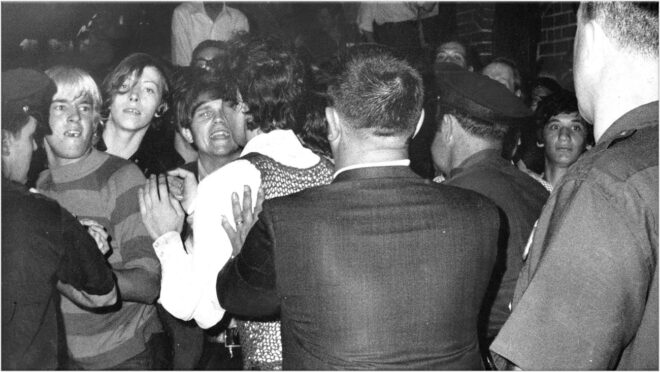 Early hours of June 28, 1969 – Transgender women resist arrest. Bottles are thrown at police. Accounts vary over exactly what kicked off the riots, but according to witness reports, the crowd erupted after police roughed up a woman dressed in masculine attire (some believe the woman was lesbian activist Stormé DeLarverie) who had complained that her handcuffs were too tight. People started taunting the officers, yelling “Pigs!” and “Copper!” and throwing pennies at them, followed by bottles; some in the crowd slashed the tires of the police vehicles.
Early hours of June 28, 1969 – Transgender women resist arrest. Bottles are thrown at police. Accounts vary over exactly what kicked off the riots, but according to witness reports, the crowd erupted after police roughed up a woman dressed in masculine attire (some believe the woman was lesbian activist Stormé DeLarverie) who had complained that her handcuffs were too tight. People started taunting the officers, yelling “Pigs!” and “Copper!” and throwing pennies at them, followed by bottles; some in the crowd slashed the tires of the police vehicles.
Two transgender women of color, Marsha P. Johnson and Sylvia Rivera, were said to have resisted arrest and thrown the first bottle (or brick or stone) at the cops, respectively. Although Johnson later said in a 1987 podcast interview with historian Eric Marcus that she had not arrived until the uprising was well underway.
And while the Compton’s Cafeteria riot which occurred in August 1966 in the Tenderloin district of San Francisco. A riot that was in response to the violent and constant police harassment of drag queens and trans people, particularly trans women. Occured prior to this moment it was the Stonewall Uprisings that ignited the current queer rights movement.
June 29 – July 1, 1969 – Stonewall becomes gathering point for LGBT activists. Over the next several nights, gay activists continued to gather near the Stonewall, taking advantage of the moment to spread information and build the community that would fuel the growth of the gay rights movement. Though police officers also returned, the mood was less confrontational, with isolated skirmishes replacing the large-scale riots of the weekend.
The lasting impact of the Stonewall Riots – With Stonewall, the spirit of ’60s rebellion spread to LGBT people in New York and beyond, who for the first time found themselves part of a community.
https://www.history.com/news/stonewall-riots-timeline
1970
June 28, 1970 – First Gay Pride parade sets off from Stonewall Inn. 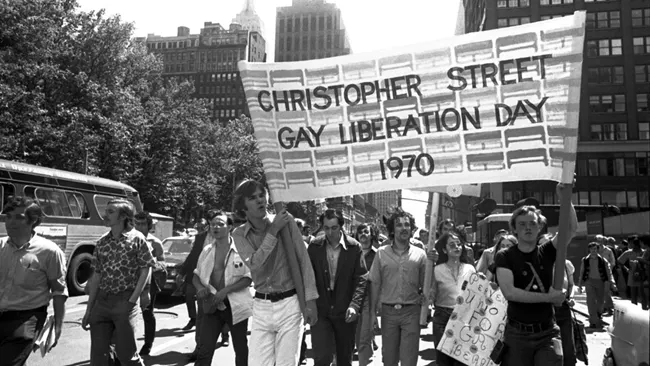 On the first anniversary of the police raid on the Stonewall Inn, gay activists in New York organized the Christopher Street Liberation March to cap off the city’s first Gay Pride Week. As several hundred people began marching up 6th Avenue toward Central Park, supporters from the crowd joined them. The procession eventually stretched some 15 city blocks, encompassing thousands of people. Inspired by New York’s example, activists in other cities, including Los Angeles, San Francisco, Boston and Chicago, organized gay pride celebrations that same year. The frenzy of activism born on that first night at Stonewall would eventually fuel gay rights movements in Canada, Britain, France, Germany, Australia and New Zealand, among other countries, becoming a lasting force that would carry on for the next half-century—and beyond.
On the first anniversary of the police raid on the Stonewall Inn, gay activists in New York organized the Christopher Street Liberation March to cap off the city’s first Gay Pride Week. As several hundred people began marching up 6th Avenue toward Central Park, supporters from the crowd joined them. The procession eventually stretched some 15 city blocks, encompassing thousands of people. Inspired by New York’s example, activists in other cities, including Los Angeles, San Francisco, Boston and Chicago, organized gay pride celebrations that same year. The frenzy of activism born on that first night at Stonewall would eventually fuel gay rights movements in Canada, Britain, France, Germany, Australia and New Zealand, among other countries, becoming a lasting force that would carry on for the next half-century—and beyond.
1980s
June 1982 – “[T]he first official Pride [march] in Columbus occurred on June 26, 1982. There were smaller demonstrations prior to 1982, but nothing officially recognized.
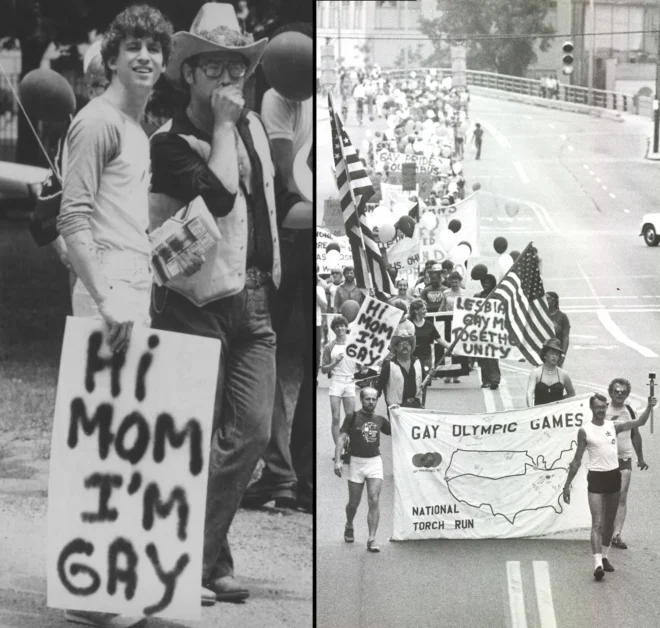
(Left) Ed Grudus of Dayton was one of more than 500 gay rights supporters from all over the state to march in the Ohio Gay Pride Parade on June 26, 1982. The parade concluded with a rally on the Statehouse lawn. (Right) Marchers in Columbus’ first Gay Pride Parade on June 26, 1982 head southbound on Front Street to the west of the Nationwide building.”
In the 1970s, before events became more commonplace, small marches would take place through downtown Columbus. Some participants of those early events would wear bags over their heads so that they would not be recognized. Very few protections, if any, existed for the LGBT community then, so a public outing could be very detrimental to someone’s life. In 1982, Columbus City Council passed a resolution recognizing Gay Pride Week 13 years after the Stonewall [Uprisxings], and allowed the [march/parade] to take place. The City had been somewhat of an early adoptee of LGBT equality when, in 1974, it passed an ordinance expanding housing and other public accommodation protections based on sexual orientation.” https://allcolumbusdata.com/columbus-gay-pride/
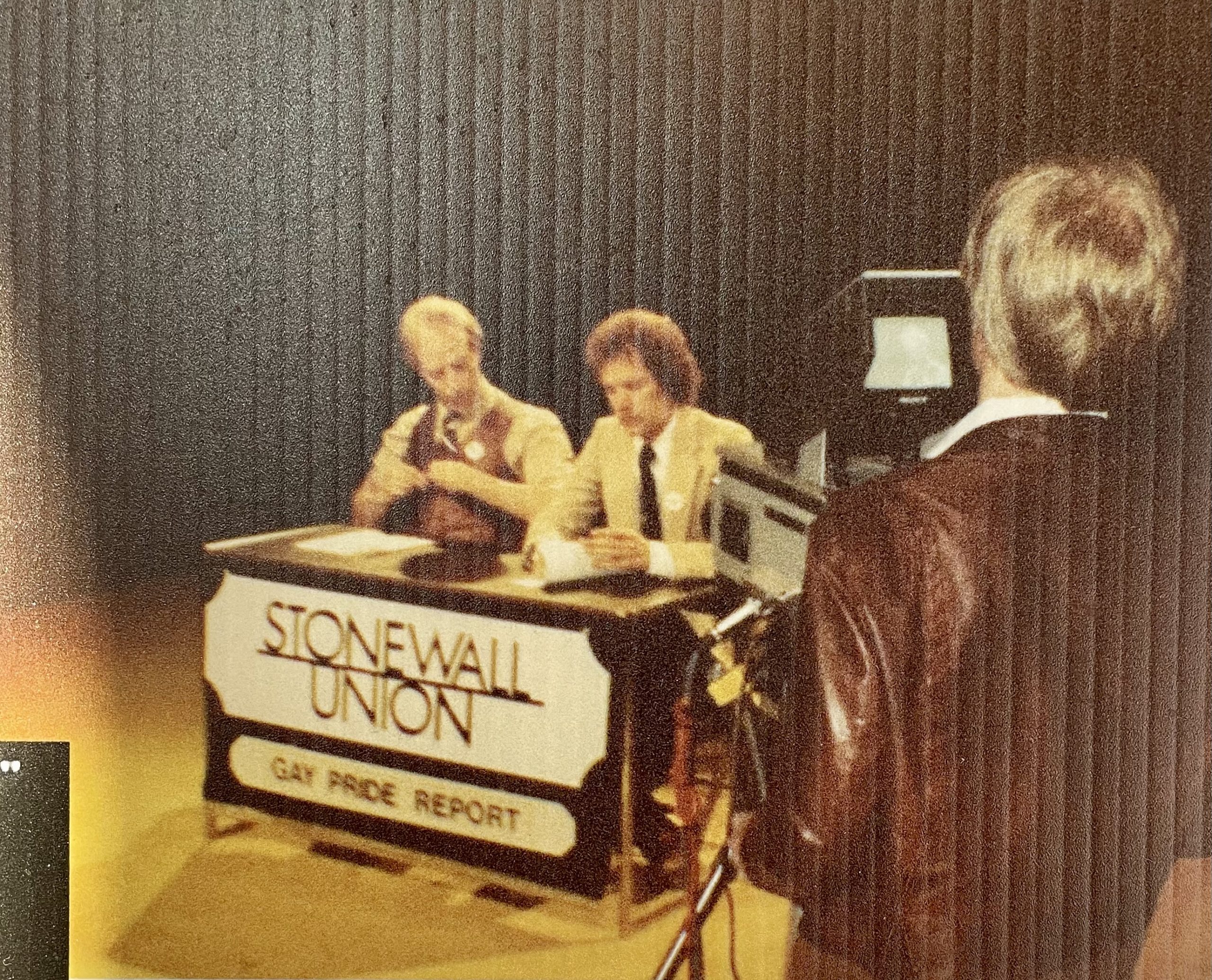 1982 – Stonewall Union began producing the Gay Pride Report on ACTV. The featured news, interviews, and entertainment of interest to the [LGBTQ+] community.
1982 – Stonewall Union began producing the Gay Pride Report on ACTV. The featured news, interviews, and entertainment of interest to the [LGBTQ+] community.
1983 – Stonewall Union aided in the development of the Governor’s Executive Order banning discrimination on the basis of sexual orientation in state employment.
1984 – First Lavendar Listings published with the purpose to assist in the economic empowerment of the lesbian/gay community. A guide to local businesses and services that are either gay-owned or that employ gay people and/or welcome to gay/lesbian clientiele.
1984 – Stonewall Union host first Gay and Lesbian Conference. The purpose of these yearly conferences were to exchange information and to provide a local forum for nationally recognized leaders and scholars. Health, Gay/Lesbian parenting, grass roots, and lesbian.gay history are among the topics addressed at past conferences.
1985 – The Stonewall Union organization  moves into its first building, becoming the first LGBT organization in the state to have its own facility.
moves into its first building, becoming the first LGBT organization in the state to have its own facility.
Prior to this the organization’s address was a PO Box.
1989 – In September of this year The Stonewall Union Reports launches and would serve to inform the community for the happenings of the LGBTQ+ community across Central Ohio.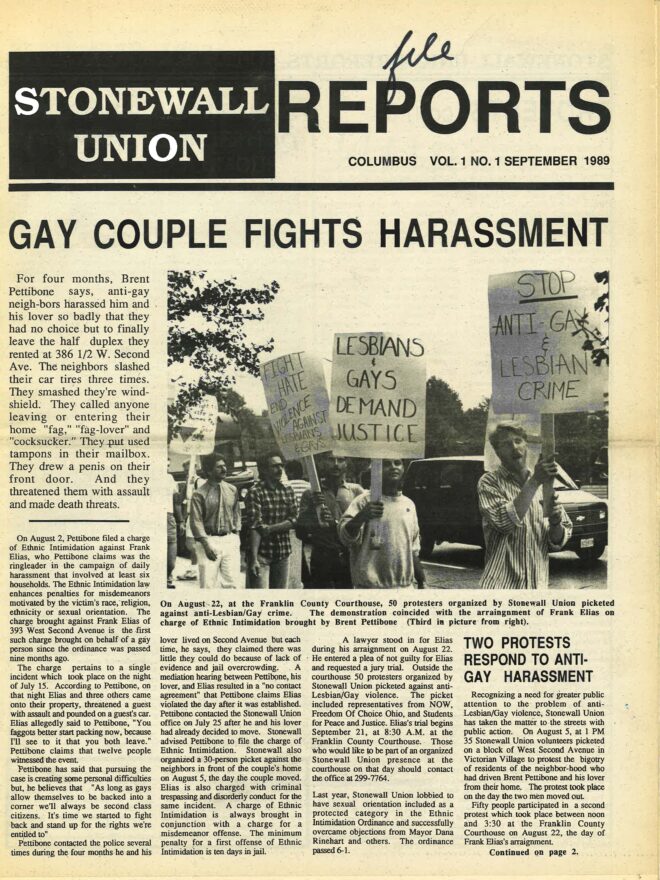
1990s
1991 – Stonewall Union expanded and opened a community center next door to the office, creating a gathering and meeting space for the community.
February 1991 – The Anti-Violence Project [now known as BRAVO] was created at Stonewall. It was created by funds recieved via a state grant and the Ohio Department of Health.
September 1991 – The Stonewall organization celebrates 10 years of service to the community.
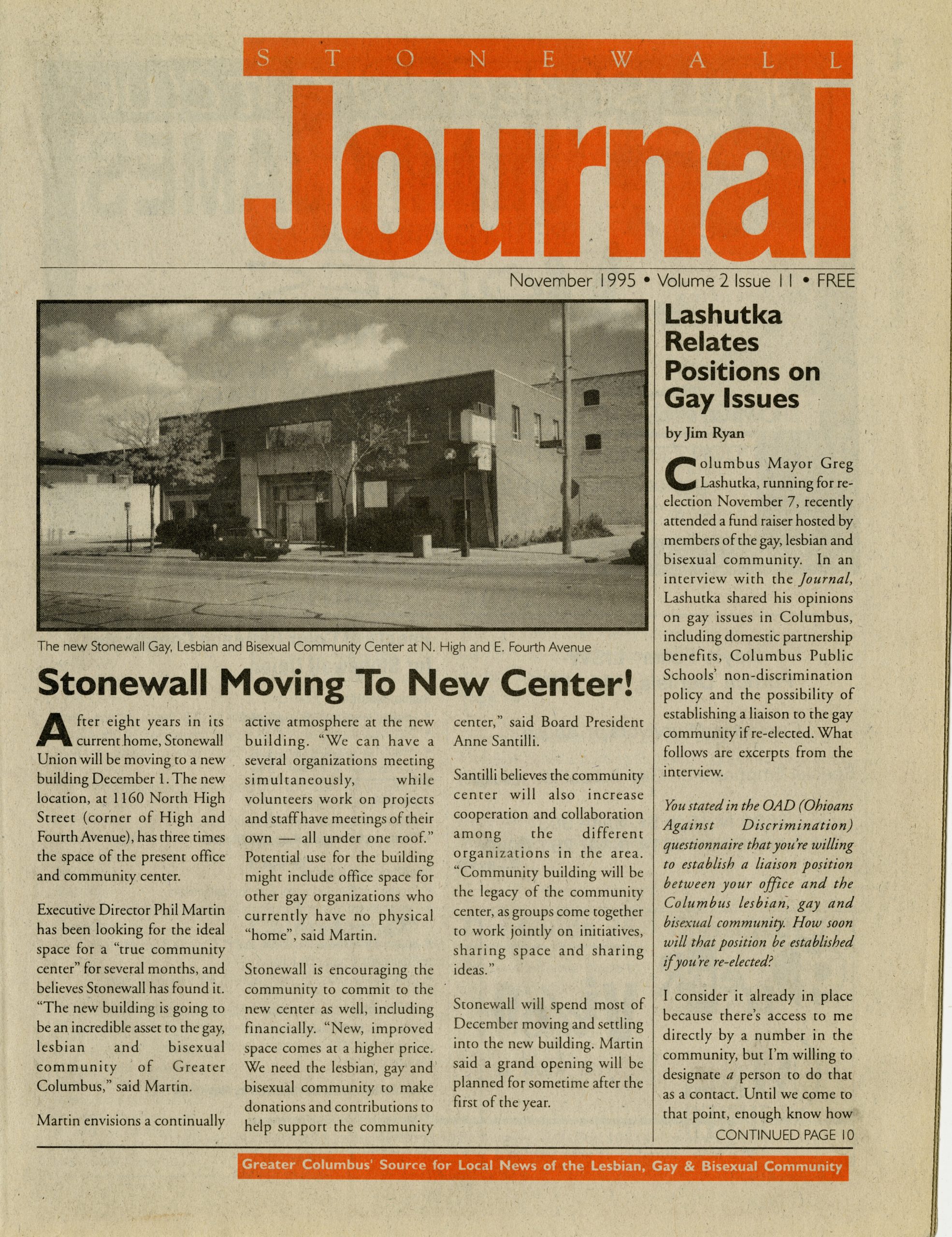 December 1995 – Stonewall Columbus moved into its current location at 1160 N. High Street and opened the Stonewall Columbus Community Center, which continues to serve the central Ohio LGBTQ+ community on a daily basis. Efforts on advocacy, community building, and education are achieved through programs such as the referral hotline, meeting space (over 100 groups meet in the center annually), the Stonewall Columbus Speakers Bureau, and a variety of social and support groups for the Columbus queer community. One of the first groups to use Stonewall’s community center was the Phoenix Pride GLBT Youth group, until Kaleidoscope Youth Coalition (now known as Kaleidoscope Youth Center) was established to house the group.
December 1995 – Stonewall Columbus moved into its current location at 1160 N. High Street and opened the Stonewall Columbus Community Center, which continues to serve the central Ohio LGBTQ+ community on a daily basis. Efforts on advocacy, community building, and education are achieved through programs such as the referral hotline, meeting space (over 100 groups meet in the center annually), the Stonewall Columbus Speakers Bureau, and a variety of social and support groups for the Columbus queer community. One of the first groups to use Stonewall’s community center was the Phoenix Pride GLBT Youth group, until Kaleidoscope Youth Coalition (now known as Kaleidoscope Youth Center) was established to house the group.
June 11, 1999 – President Bill Clinton issued the first-ever proclamation declaring June to be Gay and Lesbian Pride Month. His successor, George W. Bush, did not continue the tradition. The practice was picked up again by Barack Obama, who declared June LGBT Pride Month all eight years of his administration.
2000s
September 2001 – The Stonewall organization celebrates 20 years of service to the community.
2005 – Stonewall Columbus purchased the building it was renting and adjscent structure on the corner of 4th and High streets to plan for the expansion of services to meet community need and to create the first the first LGBT community center in Central Ohio. After a recommendation from councilwoman, Ms. Charleta Tavares, Columbus city council approved funding to repair both buildings in the first of several stages of restoration that began in 2006. Over the period of three years with help from the city and a few major donors, Stonewall Columbus made approximately 3200 square feet of space usable for the community and began restoring the adjacent vacant warehouse space called the 4th Street Annex.
2010s
September 2011 – 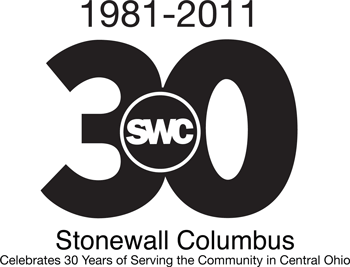 The Stonewall organization celebrates 30 years of service to the community.
The Stonewall organization celebrates 30 years of service to the community.
2013 – Stonewall Columbus aims to serve the Central Ohio LGBTQ community by providing a community center and offering programming and services that enhance the well-being and visibility of our diverse community through discovery, affirmation and celebration. Throughout our years, we witnessed exceptional growth in the needs of our community, which required the expansion of our facilities to help us evolve to provide the services and resources needed by the LGBTQ+ population. To meet this challenge, we launched the capital campaign, STONEWALL BUILDS, which set out to raise $4 million to fund the renovation and connection of the two buildings at N. High St. and 4th Ave.
November 2014 – In 2014 Stonewall Columbus proclaimed November LGBTQ Veterans Recognition Month in appreciation of those in our LGBTQ community who have served so bravely and selflessly.
June 26, 2015 – The Supreme Court decision in Obergefell v. Hodges granted marriage equality to same-sex couples in the U.S. In a landmark 5-4 decision, marriage equality became the law of the land and granted same-sex couples in all 50 states the right to full, equal recognition under the law.
June 24, 2016 – President Barack Obama also established a 7.7-acre area around the re-opened Stonewall Inn as the Stonewall National Movement, turning the site that sparked a worldwide movement into the first LGBT national park site in the United States.
2017
Black Pride Four – #BlackPride4
A group of protesters blocked the path of the 2017 Pride Parade in downtown Columbus in hopes of holding a 7-minute moment of silence for slain Minnesota man Philando Castile. They said it was also “an effort to raise awareness about the violence against and erasure of black and brown queer and trans people, in particular the lack of space for black and brown people at pride festivals.”
Four of those protesters, Kendall Denton, Ashley Braxton, Wriply Bennett, and Deandre Miles were arrested following a confrontation with police. They would come to be known as the Black Pride 4.
Denton, Braxton and Miles were found guilty of six of eight misdemeanor charges and sentenced to community service and probation.
Amid this time the longest serving Stonewall Executive Director Karla Rothan retired from her position in March of 2018.
In June of 2018, Black Queer and Intersectional Collective said its group didn’t feel comfortable attending that year’s Pride Parade.
“A lot of people of color feel uncomfortable at mainstream prides mainly cause there are a lot of police both in uniform and undercover and when you’re in a spot that is highly police that can lead to violence on people of color,” said BQIC founder Ariana Steele. (Stonewall Columbus apologizes for 2017 Black Pride 4 arrests – 10/30/2019)
That year, the group organized its own Pride celebration, called the Community Pride Festival–which continues today.
Since 2017 Stonewall Columbus has issued several statements regarding the June 2017 protest at its Pride march.
2018
Stonewall Columbus Community Center – The Center
The Stonewall organization has always believed that we, the LGBTQ+ community, deserve more visibility, inclusion and equality. In 2013 the Stonewall Builds capital campaign was led by members of the community who understood that a renovated and expanded center is key to Stonewall’s purpose.
Stonewall Columbus set out on a journey to raise funds to help revamp the Center on High in an effort to evolve services and better meet the needs of the LGBTQ+ community; in 2017 renovation and remodeling began and in December of 2018 the building reopened as the Stonewall Columbus Community Center. 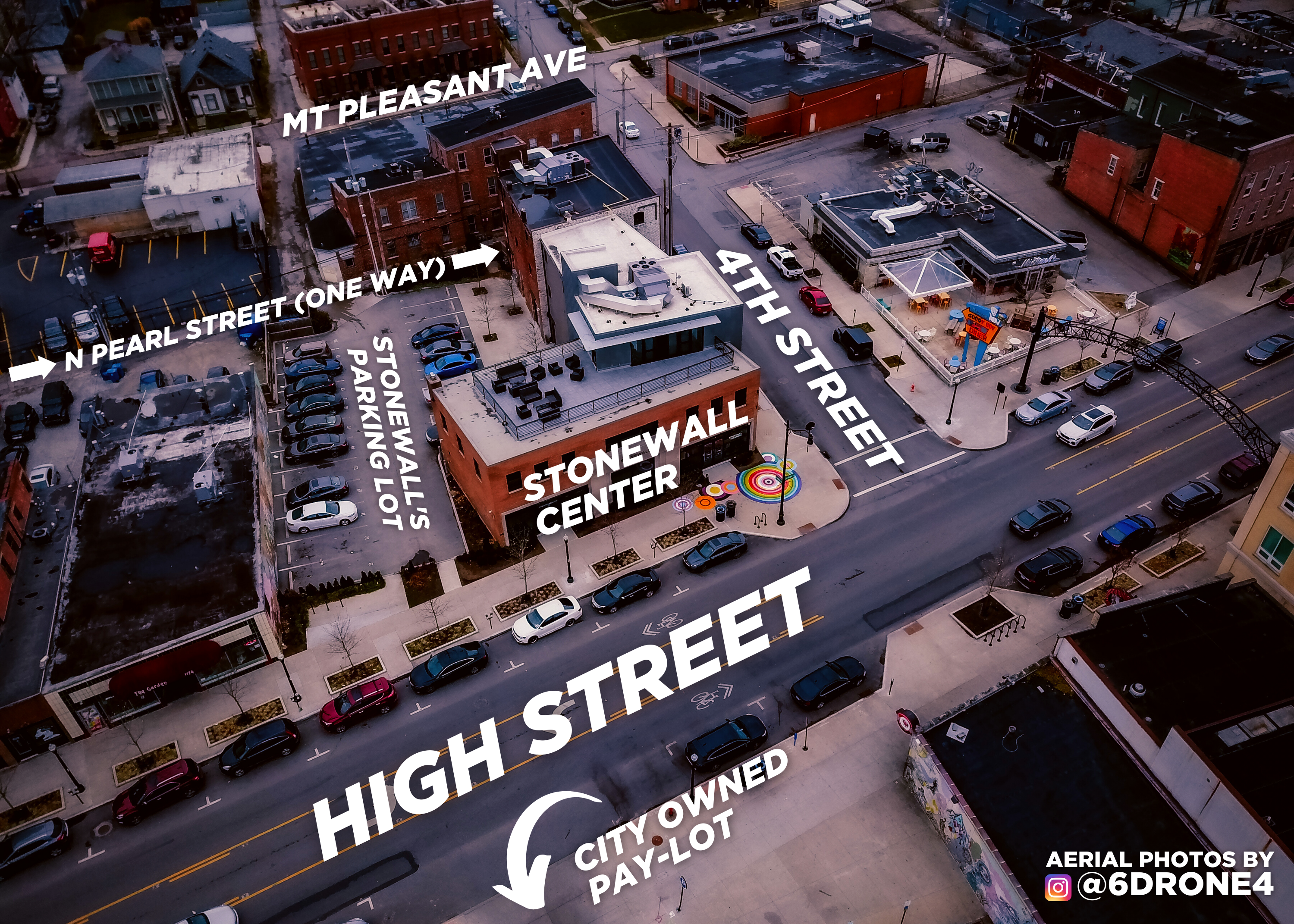
The new buidling maintained 15,000 sq. ft. with 12,000 sq. ft. of public space for community programming and private/rental events; it serves as an epicenter for LGBTQ+ community support and services.
2020
COVID-19 forces cancelation of in-person Pride events across the globe. Stonewall Columbus Pride events were postponed to October and then became virtual as the pandemic continued to create challenges to large public gatherings.
In October 2020 Stonewall Columbus presented Stonewall Columbus Pride Parades of History over the course of four weekends in October.

2021
In 2021 Family Pride Network and Stonewall Columbus merged  and continued operations under the Stonewall name with FPN becoming Family Pride Network | A program of Stonewall Columbus.
and continued operations under the Stonewall name with FPN becoming Family Pride Network | A program of Stonewall Columbus.
June 1, 2021 – For the first time the City of Columbus kicked-off LGBTQ+ Pride month with the City Hall Illumination ceremony happening on June 1 and being maintained throughout the month–the ceremony was streamed live via NBC4 and the City of Columbus.
June 19, 2021 – Stonewall Columbus Pride 2021: From a Moment to a Movement premiered and was broadcast via WNBC4 and Stonewall Columbus digital platforms.


